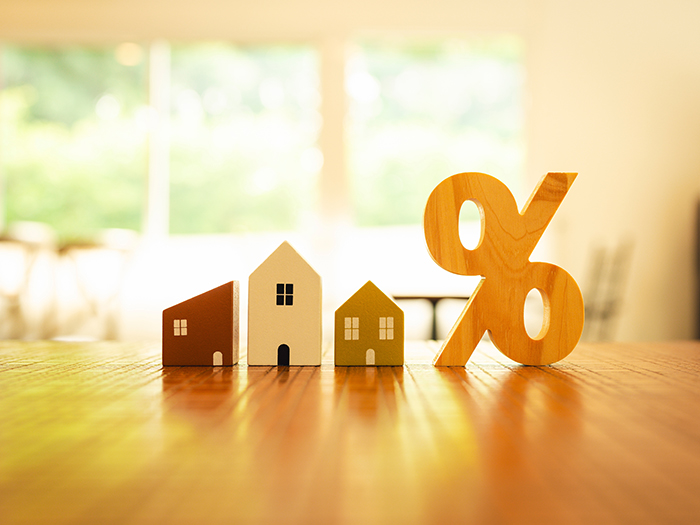
The average annual service charge for a flat in England & Wales rose 11.0% during 2024, to £2,300 – a rise that outpaced CPI (Consumer Price Inflation) of 2.5%.
This is according to the latest figures from the Hamptons Service Charge Index for February. The data reveals that the average service charges now stand above £2,000 in every region of England.
The typical one-bed leaseholder paid £2,000 per year in 2024 for the first time and the index also shows that a North-South divide has opened up, with the North East recording an average service charge rise of 60.9% over the last five years, compared to 27.7% across the South of England.
Only in Wales do average service charges stand below the £2,000 per year threshold. Increasingly, this means service charges are leaseholders’ largest household bill after their mortgage. The analysis shows that 51% of leaseholders are paying more in service charges than they are in council tax.
Over both the short and medium term, service charges have been rising faster than inflation. During 2024, service charges rose around four times faster than the Consumer Price Index (CPI), which increased by 2.5% over the same period. In the long term, between 2019 and 2024, the average service charge bill rose 33.9%, from £1,717 to £2,300 per year, while CPI rose 23.0% over the same period.
The regions where service charges have risen most quickly over the last five years have also seen more new developments offer facilities that have become increasingly expensive to run and maintain.
The higher number of large city centre schemes which offer a lift, gym and concierge facilities across the Midlands and North of England has created a growing North-South divide. In recent years service charges have risen much faster in the North of England than in the South.
Commenting of the figures Hamptons lead analyst David Fell said: “While the cost of running a home has risen for pretty much every household over the last five years, some leaseholders have seen costs rise much more quickly. And with limited ways to find savings, the cost of running some facilities, which were affordable five or 10 years ago, could now be breaking the bank.”



